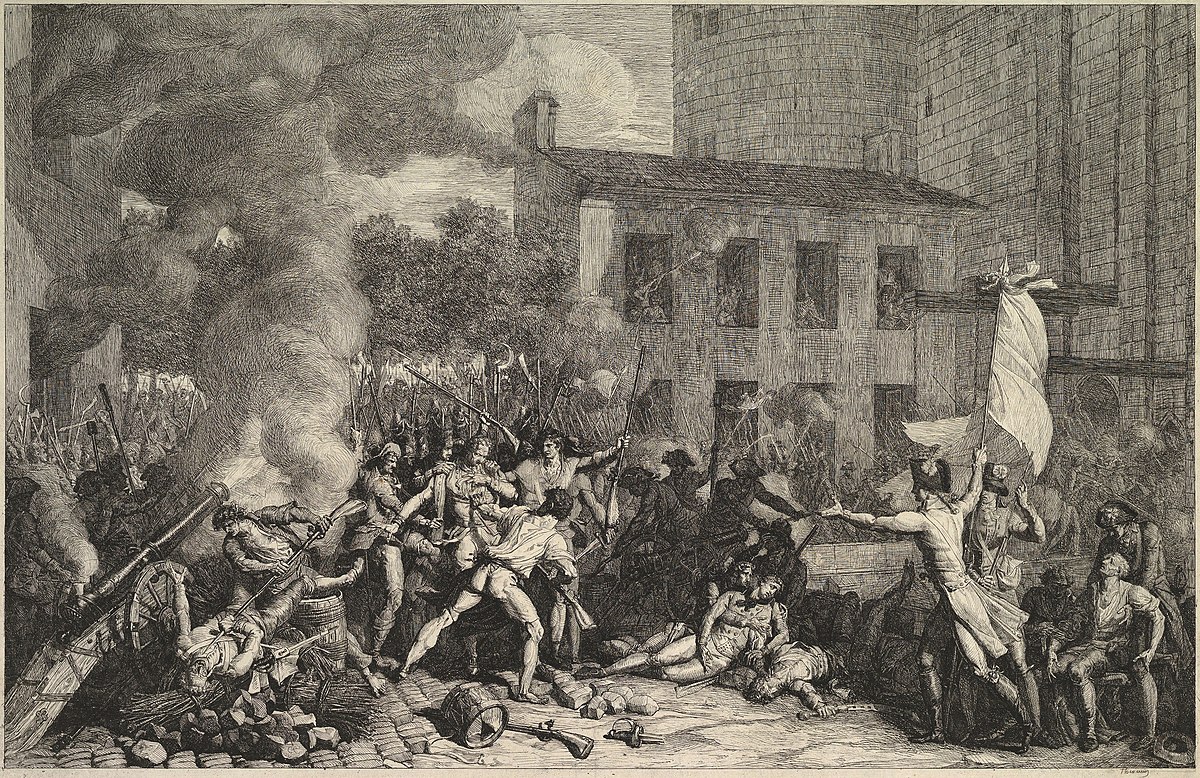Welcome to DU!
The truly grassroots left-of-center political community where regular people, not algorithms, drive the discussions and set the standards.
Join the community:
Create a free account
Support DU (and get rid of ads!):
Become a Star Member
Latest Breaking News
General Discussion
The DU Lounge
All Forums
Issue Forums
Culture Forums
Alliance Forums
Region Forums
Support Forums
Help & Search
iemanja
iemanja's Journal
iemanja's Journal
June 22, 2016
Theory
A "social revolution" is both a change in state institutions (a political revolution) and a change in social structures. The American revolution was only a political revolution, not a social one, since it did little to change social structures. The Chinese revolution, on the other hand, was a social revolution; not only did the state institutions change, but the entire social order changed with it.
A social revolution occurs in two stages (which correspond to parts I and II of the book), and in each stage two structural variables determine what happens next. For more details about the four structural variables, see pages 280-281.
A Revolutionary Situation
In Part I, two variables cause a revolutionary situation. These two variables are jointly sufficient for a "social revolution" to occur. The key word is "sufficient": This is a deterministic theory. If both structural variables are in place, a revolution should always occur.
First, there must be a "crisis of state," often provoked by international factors, such as increasing economic or security competition from abroad. It is a crisis, not merely a challenge, because this is a challenge that the state cannot meet given its current institutional constraints. As a result, elites (and the army) become divided over what to do and loyalty to the regime weakens. This crisis of state creates the revolutionary situation.
Second, patterns of class dominance determine which group will rise up to exploit the revolutionary situation.
The result is a social revolution; the patterns of class dominance merely determine who will lead it.
http://wikisum.com/w/Skocpol:_States_and_social_revolutions
Political revolution:

Social Revolution:

Storming of the Bastille, Paris, July 14, 1793

Celebration of the seizure of the presidential palace in Havana, Cuba, by the July 26 Movement
Political inspiration: Inspiring people to get involved in politics, running for office at the local level. Fantastic! Potential to lead toward long-term reform.
Revolutions, social and political
There is an extensive body of literature on the history and theory of revolutions, both social and political. Theda Skocpol is a leading theorist on the subject:
Theory
A "social revolution" is both a change in state institutions (a political revolution) and a change in social structures. The American revolution was only a political revolution, not a social one, since it did little to change social structures. The Chinese revolution, on the other hand, was a social revolution; not only did the state institutions change, but the entire social order changed with it.
A social revolution occurs in two stages (which correspond to parts I and II of the book), and in each stage two structural variables determine what happens next. For more details about the four structural variables, see pages 280-281.
A Revolutionary Situation
In Part I, two variables cause a revolutionary situation. These two variables are jointly sufficient for a "social revolution" to occur. The key word is "sufficient": This is a deterministic theory. If both structural variables are in place, a revolution should always occur.
First, there must be a "crisis of state," often provoked by international factors, such as increasing economic or security competition from abroad. It is a crisis, not merely a challenge, because this is a challenge that the state cannot meet given its current institutional constraints. As a result, elites (and the army) become divided over what to do and loyalty to the regime weakens. This crisis of state creates the revolutionary situation.
Second, patterns of class dominance determine which group will rise up to exploit the revolutionary situation.
The result is a social revolution; the patterns of class dominance merely determine who will lead it.
http://wikisum.com/w/Skocpol:_States_and_social_revolutions
Political revolution:

Social Revolution:

Storming of the Bastille, Paris, July 14, 1793

Celebration of the seizure of the presidential palace in Havana, Cuba, by the July 26 Movement
Political inspiration: Inspiring people to get involved in politics, running for office at the local level. Fantastic! Potential to lead toward long-term reform.
Profile Information
Gender: Do not displayMember since: Sat Sep 15, 2012, 01:49 PM
Number of posts: 53,026